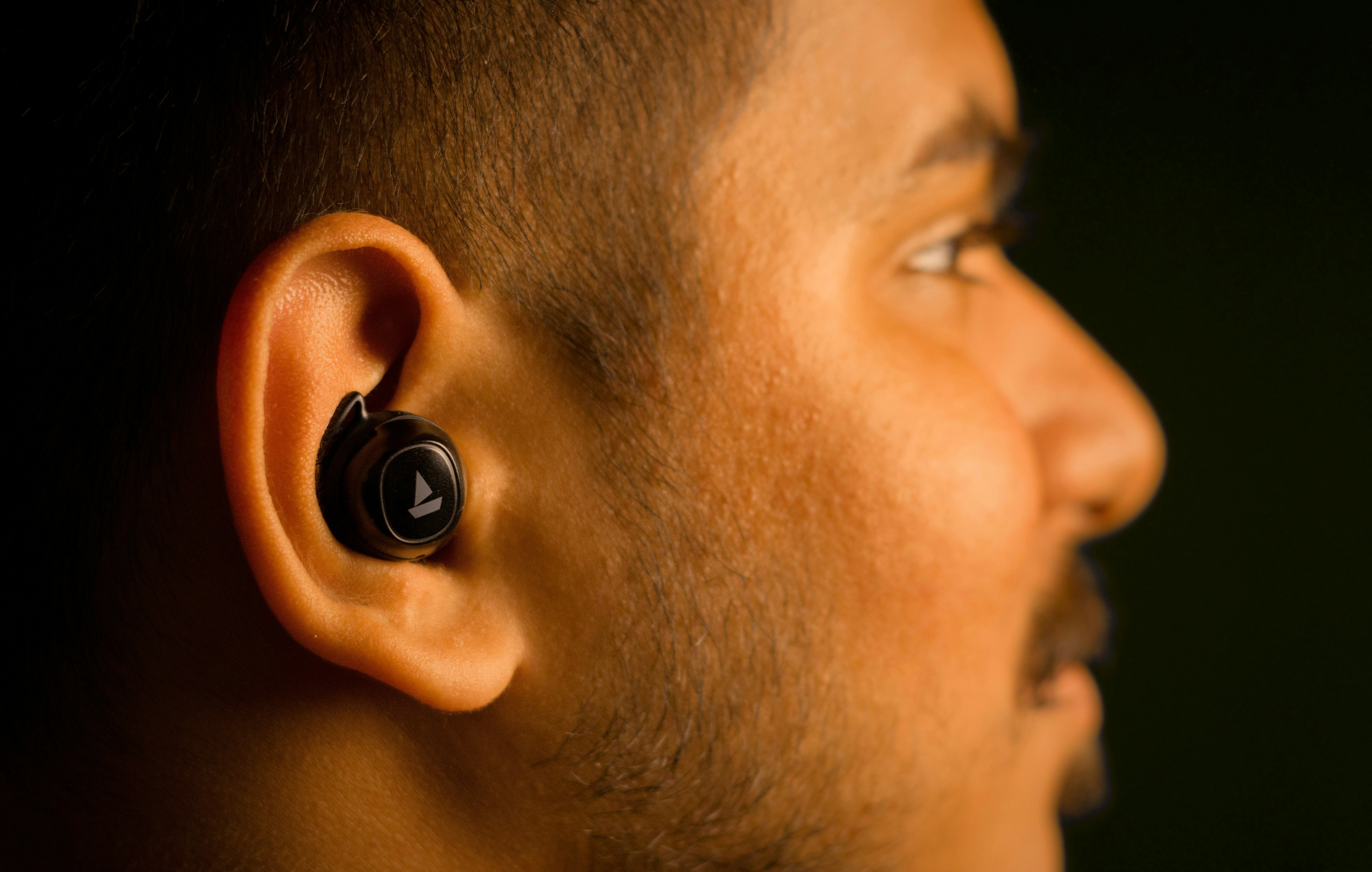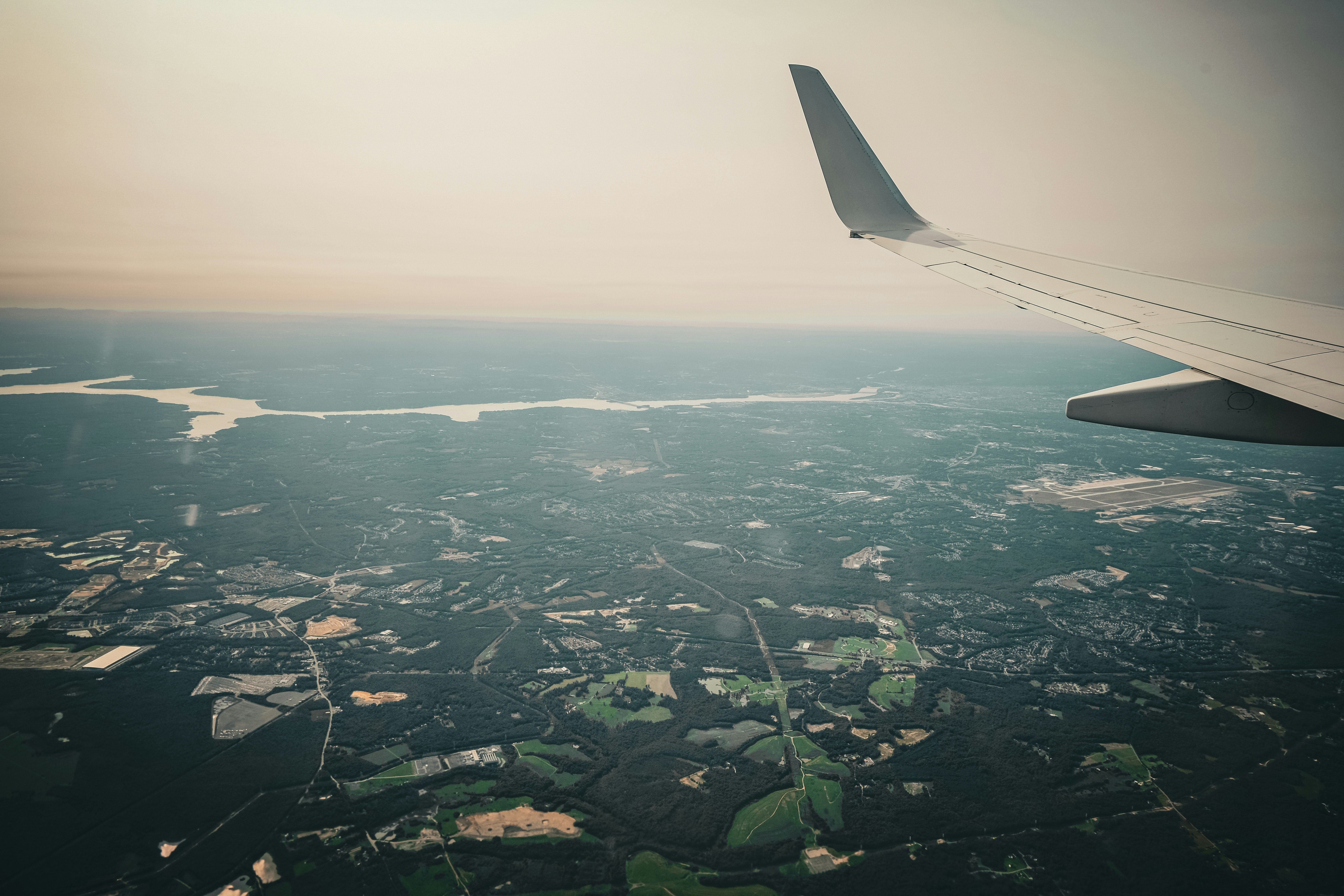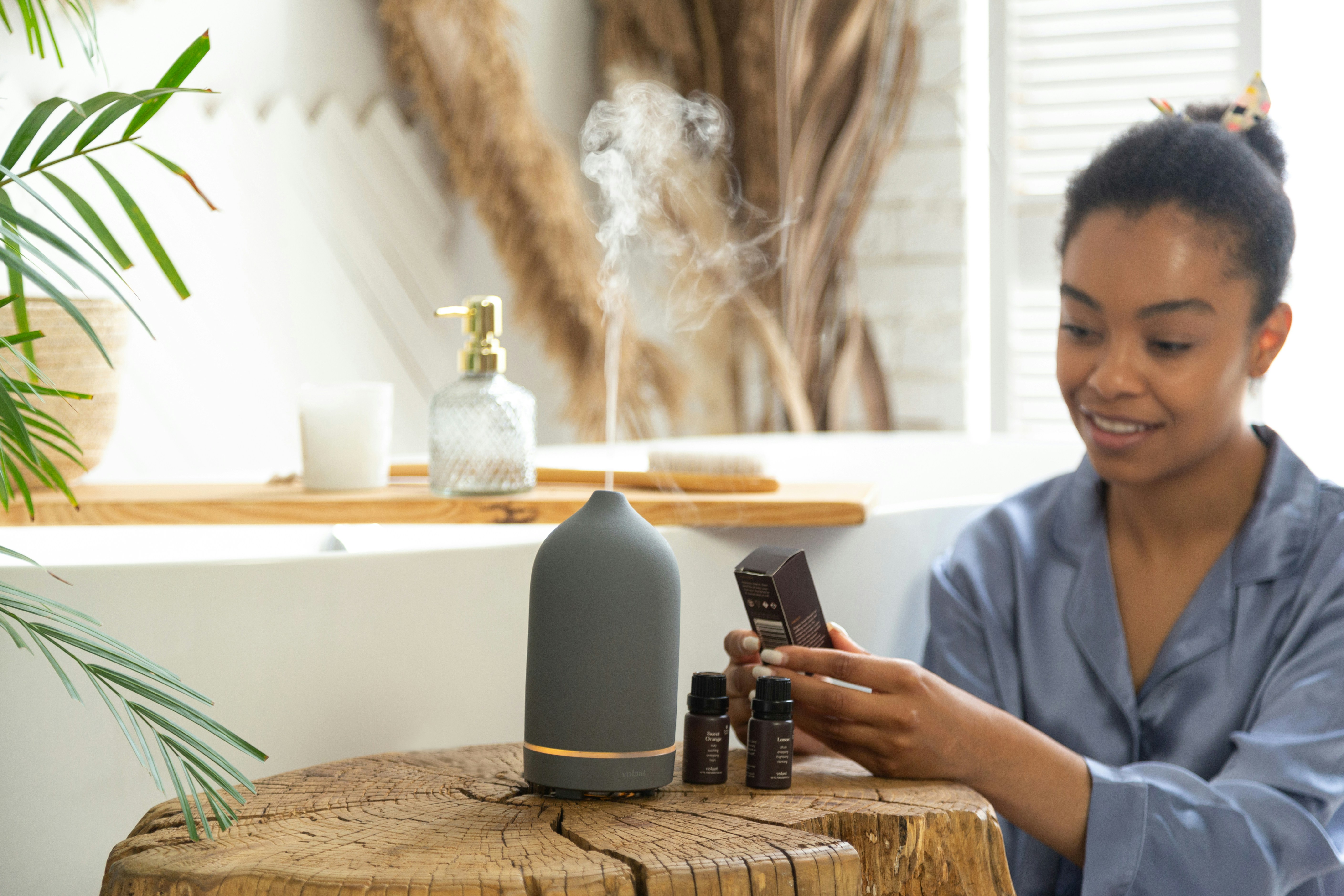Snippet: The world is loud, airports are louder, and vacations are supposed to be fun. Here’s how to keep your hearing aids happy, your ears protected, and your conversations clear—from takeoff to tapas to tidepools.
Before You Go: Pack Like a Pro
A smooth trip starts before you zip the suitcase. Think of your hearing gear like a tiny, essential travel kit.
Your hearing-health go bag
- Hearing aids or processors, plus a spare set if you own older backups
- Charging case + power cable + wall plug; pack a small power bank (carry-on) for long travel days
- For disposables: extra batteries in original packaging; a few button-battery stickers for safe storage
- Drying solution: travel dehumidifier jar or electronic dryer; a handful of desiccant packs for humid climates
- Cleaning tools: brush, wax guards, domes, tubing, retention tails
- Protection: a hard case, rain cover, hat/hood for sudden downpours
- Noise control: high-fidelity earplugs for concerts/cities; pressure-regulating plugs (e.g., EarPlanes) for flights
- Adapters: international plug adapter; short multi-USB hub to charge phone + aids at the same time
- Docs: your audiologist’s contact, device serial numbers, device app login, manufacturer support number, and any implant ID card
Pro move: Update your device apps and firmware before departure, and download their offline manuals. If you use captions (Live Transcribe, Otter, or iOS/Android accessibility), download language packs for offline use.
Airports & Flights: Navigate Like a Frequent Flyer
TSA and security screening
- You can wear hearing aids and cochlear implant processors through security. They generally don’t need to be removed. If you prefer a visual inspection, you can request one.
- Body scanners, metal detectors, and carry-on X-rays are typically safe for hearing devices. If you have an implant, keep your device card handy and follow your manufacturer’s guidance.
- Keep all hearing gear in your carry-on, not checked baggage—batteries, chargers, and the works.
Inflight comfort and communication
- Let gate agents or flight attendants know you use hearing devices. Many airlines offer preboarding, visual safety briefings, and seating help.
- Seat strategy: sit forward of the engines for lower noise; aisle seats can be easier for lipreading but noisier; window seats are quieter for many travelers.
- Bluetooth: Most airlines now allow Bluetooth in airplane mode. You can stream from your phone or tablet; just confirm your airline’s policy.
Pressure changes and ear comfort
- During ascent/descent: swallow, sip water, chew gum, or try a gentle Valsalva (pinch nose, breathe out softly) to equalize pressure.
- Filtered earplugs (like EarPlanes) can ease pressure shifts. Insert before takeoff and landing.
- If you’ve had recent ear surgery or active ear infection, ask your ENT about flying timing and precautions.
Inflight noise and listening fatigue
- Planes are loud (often 75–85+ dB). Use high-fidelity earplugs to reduce noise while preserving speech.
- Noise-cancelling headphones over hearing aids can help but may cause feedback or feel tight. Test at home first. Many aids have a “noise,” “airplane,” or “comfort” program—ask your audiologist to add one before you go.
- Tinnitus flares with fatigue and noise. A calming playlist or low-level noise via your aids can help. Schedule a few quiet minutes between legs.
Climate, Water, and Sunscreen: Keep Devices Happy
Most modern hearing aids are water-resistant (often IP68) but not swim-proof. Salt, sweat, sunscreen, and bug spray can be sneaky villains.
- Beach days: Remove aids before swimming. Store in a hard case in the shade; don’t wrap in a towel that might get tossed.
- After heat and humidity: open battery doors (for disposables) and use your dryer overnight. For rechargeables, dry them before docking.
- Sunscreen/repellent: apply first, let fully dry, then put devices on. Wipe housings and earmolds at day’s end to prevent residue damage.
- Rain and sweat: use a sweatband/hat; consider mic covers or hearing-aid sleeves if you’ll be trekking in downpours.
- Diving and high-pressure water activities: remove external processors and hearing aids. For ear protection in water, custom swim molds or well-fitted plugs help keep canals dry if you’re prone to infections.
Powering Up Abroad: Never Be Caught at 1%
- Rechargeable crew: bring the charger, cable, and a compact power bank (carry-on only for lithium). A multi-port USB plug plus an international adapter covers most countries.
- Hotel habits: choose a consistent “charging spot” so devices don’t get left behind. A travel-size outlet strip keeps all gear visible.
- Disposable batteries: store in original packaging, away from coins/keys. Don’t refrigerate. Pack more than you think you’ll need; some sizes can be hard to find abroad.
Hotels, Tours, and Restaurants: Make Every Conversation Click
Sleep and safety
- Request an accessible room with visual/bed-shaker alarms if you remove devices at night.
- Traveling light? Pack a portable bed shaker or a smartwatch with a strong vibrate alarm.
Tours and museums
- Ask if the venue has a hearing loop (telecoil), FM/infrared receivers, or tour guide transmitters you can pair with your devices or a neckloop.
- Use your hearing aid’s remote microphone accessory or your phone’s remote mic mode. Clip it to the guide’s collar for cleaner speech.
- Download exhibit or city-guide apps that offer transcripts or captions; many work offline.
Dining and group chats
- Pick quieter hours and request a corner table. Sit with your back to the room and face key speakers.
- Use directional mic programs or “speech in noise” settings if your aids have them. Switch quickly via your app or buttons.
- Advocate kindly: “I hear you best when I can see your face—mind sitting here?” Most people are glad to help.
Outdoor Adventures and Noisy Fun (Without the Hearing Hangover)
Vacations often mean sound spikes: city traffic, festivals, motorsports, boat engines, fireworks. Protecting your ears preserves the fun—and your hearing.
- Carry earplugs you actually like wearing. High-fidelity musician plugs keep music enjoyable while cutting risk.
- Use stepped protection: foam plugs for the loudest moments, filtered plugs for moderate noise, and hearing aid noise-reduction for long days.
- Set a “noise budget”: plan quiet breaks (a park bench, earplugs in the ride share) to reduce listening fatigue.
- Under helmets (scooters, skiing), low-profile plugs beat bulky earmuffs. Test the combo before your trip.
When Things Go Sideways: Lost, Broken, or Wet
- Lost device: check the seat/backpack first; use your app’s “Find my hearing aid” proximity tool if available. File a report with the airline/hotel immediately and note the serial number.
- Got soaked? Power off, remove battery if possible, pat dry, and put in a desiccant dryer. Avoid heat sources like hair dryers or ovens.
- Damaged abroad: contact your manufacturer’s support to locate authorized service; some have global partners. Travel insurance may cover loss/damage—keep receipts and reports.
Finding Help Abroad (So You’re Never Stuck)
- Save your audiologist’s email and a photo of your latest audiogram/settings. Some clinics can advise remotely or send a settings file.
- Manufacturer help lines can guide troubleshooting and direct you to nearby clinics.
- If you rely on captioning/remote mics, bring a backup solution (wired earbuds, extra neckloop cable) in case Bluetooth gets finicky.
Mini Checklist: The 60-Second Departure Drill
- Devices on, charged, and named in your app
- Charger + cable + power bank + adapter in carry-on
- Extra domes/wax guards/batteries
- Drying kit packed
- Earplugs (pressure + high-fidelity)
- Serial numbers, clinic contacts, implant ID (if applicable)
- Remote mic accessory or tour-compatible solution
Make It Personal: Tune Your Plan with a Pro
Two travelers with the same destination can have totally different listening challenges. Before a big trip, ask your audiologist to:
- Add travel-friendly programs (e.g., strong noise reduction, lecture/tour mode, music setting)
- Check fit and replace filters, domes, or tubing
- Review pressure and flying tips if you’re prone to ear barotrauma
- Recommend earplugs tailored to your plans (concerts vs. motorcycles vs. city strolls)
Small tweaks before you go can mean big wins at 35,000 feet and on bustling boulevards.
Bottom line
Travel is a feast for the senses. With a bit of planning—smart packing, noise strategy, moisture control, and a backup plan—you can keep your tech humming, protect your hearing, and say yes to every “Let’s go!” moment.
Further Reading
- Sound Ergonomics for Remote Work: Hear Clearly, End the Post‑Zoom Exhaustion (Lifestyle) - Music, Not Mush: Tuning Hearing Aids So Songs and Instruments Sound Right (Hearing Aids) - Make Your Voice Sound Natural in Hearing Aids: Beat the Occlusion Effect (Hearing Aids) - Your Phone, a Super Mic: Cleaner Conversations with Remote Microphone Mode (Technology)Frequently Asked Questions
Do I need to remove my hearing aids at airport security?
Typically, no. You can wear hearing aids and cochlear implant processors through metal detectors and body scanners. If you prefer a visual inspection, request it. Keep all hearing gear in your carry-on. When in doubt, show your device card and follow your manufacturer’s guidance.
Can I use Bluetooth hearing aids on the plane?
Most airlines allow Bluetooth while your phone is in airplane mode. That means you can stream audio to your hearing aids. Policies can vary, so it’s smart to check your airline’s current guidance.
Are hearing aids waterproof for swimming or snorkeling?
Most are water-resistant, not swim-proof. Remove hearing aids before swimming or high-splash activities. For water comfort and ear health, consider custom swim molds or well-fitted plugs if you’re prone to ear infections. External cochlear implant processors are typically removed for water activities—follow your manufacturer’s instructions.
What should I do if my hearing aid gets wet on vacation?
Power it off, remove the battery if possible, gently pat dry, and place it in a desiccant dryer. Avoid heat sources like hair dryers. If it won’t power up after drying, contact your audiologist or the manufacturer’s support to locate service near you.



